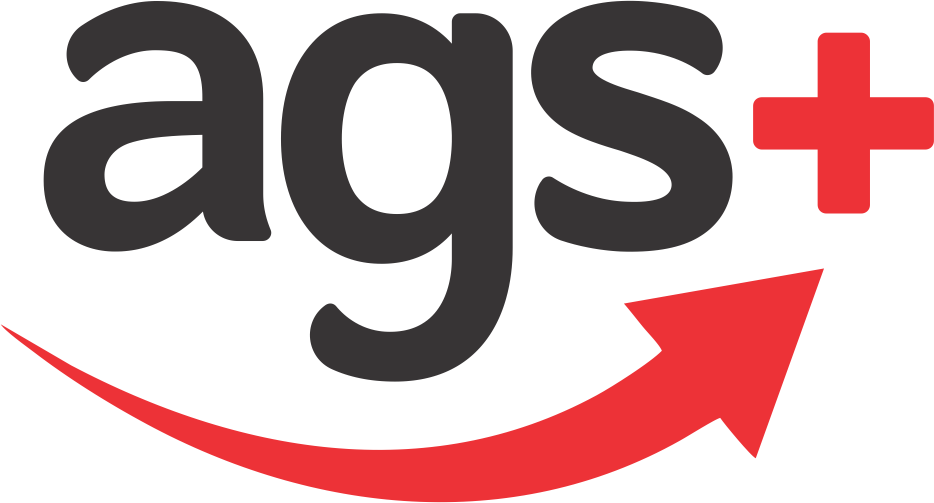Uncategorized, Ahmedabad, Bangalore, Bhubaneswar, CCTV camera, Chennai, Chhattisgarh, Coimbatore, Delhi, Entrance Automation, Goa, Haryana, Karnataka, kerala, kolkata, Lucknow, Maharashtra, Nagaland, NEWS AND EVENTS, Puducherry, Pune, Rajasthan, Surat, Tamil-Nadu, Telangana, Uttarakhand, Visakhapatnam
Mastering the Distance: Unleashing the Power of UHF RFID Reader for Long-Range Identification
Mastering the distance with UHF RFID (Ultra High Frequency Radio Frequency Identification) readers involves understanding the technology’s principles and optimizing various factors to achieve long-range identification. UHF RFID is widely used for applications such as inventory management, supply chain visibility, access control, and asset tracking due to its ability to provide extended read ranges.
Here are key considerations and strategies for unleashing the power of UHF RFID readers for long-range identification:
- Frequency and Regulations:
- UHF RFID operates in the frequency range of 860 MHz to 960 MHz, which allows for longer read ranges compared to lower-frequency RFID technologies.
- Familiarize yourself with regional regulations governing UHF RFID frequencies to ensure compliance and prevent interference.
- Antenna Design:
- The design of the RFID reader antenna plays a crucial role in achieving long-range identification. Consider directional antennas, such as Yagi or patch antennas, for extended reach.
- Antenna gain is a key parameter; higher gain antennas can improve the read range.
- Power Levels:
- UHF RFID readers typically allow adjustment of transmit power levels. Increasing power levels can enhance read range, but it’s important to stay within regulatory limits and consider potential interference.
- Tag Orientation and Placement:
- The orientation of RFID tags affects read performance. Tags should ideally be aligned with the reader antenna for optimal communication.
- Experiment with tag placement to identify the most effective orientation for long-range identification.
- Reader and Tag Sensitivity:
- Choose UHF RFID readers with high sensitivity to detect weaker signals from distant tags.
- Consider using RFID tags with higher sensitivity to improve the overall system performance.
- Environment and Interference:
- Environmental factors such as metal objects, liquids, and other RF interference sources can impact RFID performance. Minimize these factors in the reading environment.
- Conduct a site survey to identify potential sources of interference and optimize the RFID system accordingly.
- Reader Placement and Multipath Effects:
- Install RFID readers strategically to minimize multipath effects caused by signal reflections. This can be achieved by choosing locations with fewer obstacles and reflective surfaces.
- Firmware and Software Optimization:
- Ensure that RFID reader firmware is up-to-date, as manufacturers often release updates that can improve performance.
- Optimize the RFID software for efficient tag identification and data processing.
- Testing and Calibration:
- Conduct thorough testing in the actual deployment environment to identify and address any issues.
- Calibrate the system regularly to maintain optimal performance.
- System Integration:
- Integrate UHF RFID technology seamlessly into existing systems and workflows for a cohesive and efficient solution.
- Explore middleware options for advanced data processing and integration with enterprise systems.
By carefully considering these factors and implementing best practices, you can unleash the full potential of UHF RFID readers for long-range identification, leading to improved efficiency and accuracy in various applications.

